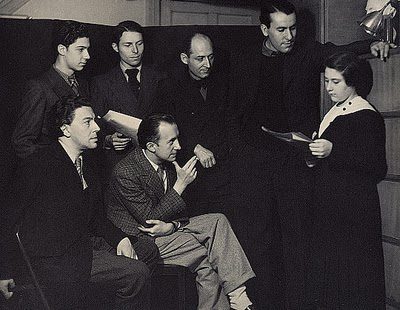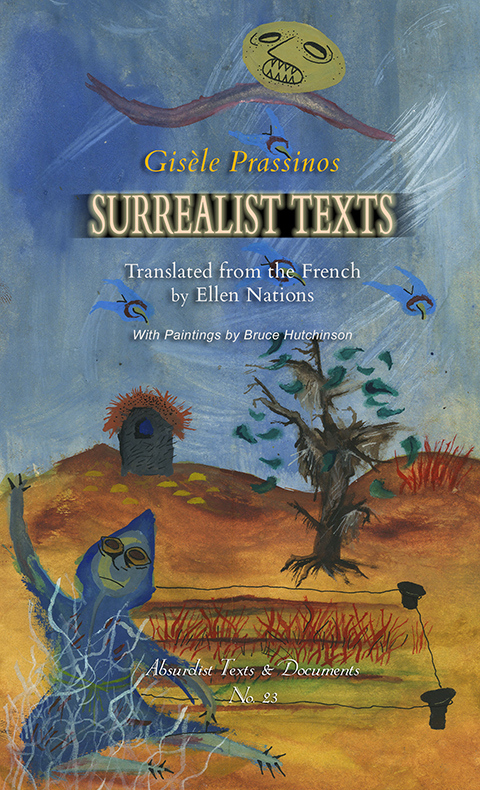"My life a dot: that is, one of a million particles. A white net of nothingness composed of an astronomical aggregation of connected dots will obliterate me and others, and the whole of the universe." - Yayoi Kusama
I really wish I'd seen the retrospective of Yayoi Kusama's work at Tate Modern in 2012, but at that time she hadn't really crossed my radar. It was only when I came across her earlier work in a book in the university library whilst shelving, that I became a fan. I love her organic forms and obsessive patterns that speak of the interconnectedness of everything, encouraging one to forget all limits, abandon a sense of self.
Kusama’s family made their living by cultivating plant seeds and she grew up surrounded by fields full of flowers. This formative environment has been a touchstone for the artist throughout her life. From her earliest sketches to her most recent large-scale sculptures, Kusama has been fascinated by the plant world.
As a child she had visions and always found a way to draw despite her family's objections. Around the age of ten, Kusama began using polka dots and net motifs in her drawings, watercolours, pastels and oils. She later attributes this to a series of hallucinations, the result of a volatile family environment. At around 20, she left home to enter a class to study nihonga (Japanese-style painting).
Being extraordinarily prolific, Kusama managed to produce enough work for many exhibitions and began corresponding with American artist Georgia O’Keeffe, sending her 14 watercolours. In 1956 she was able to exhibit in America, and her name started to be known.
-
| Archaic Dance Costume, 1953 - Yayoi Kusama |
Yayoi Kusama, The Woman, 1953, pastel, aqueous tempera and acrylic paint, 45,4 x 38,2 cm
|
| Column No.1, 1953 - Yayoi Kusama |
Though it took a while for Kusama to re-emerge as an artworld celebrity outside Japan, neither her circumstances nor her fragile mental health have curtailed her productivity. Between 1978 and 2002 she produced 14 novels, a collection of poetry and an autobiography. Kusama seems to skip effortlessly through a number of different styles in a wide variety of media.
In her series of Infinity Net paintings, she adopts the minimalism of the white canvas. A close look reveals not the broad-brush approach of artists such as Robert Ryman, but tiny, obsessively repeated loops and arcs of white paint encircling darker-hued specks. A wash of thin white paint has also been applied, creating a soft veil over these coarse, gnarly textures.
| INFINITY NETS [MAE], 2013 130.3 x 130.3 cm. (51.3 x 51.3 in.) |
Snow Ball in Sunset (Snow Ball in Sansunset), 1953Kusama’s achievement as a woman artist, coming as she did from a traditional background in a conservative part of Japan in the early part of the twentieth century, cannot be underestimated. It was her own unwavering drive and confidence in her talent that enabled her to forge her extraordinary career from such humble beginnings. |









